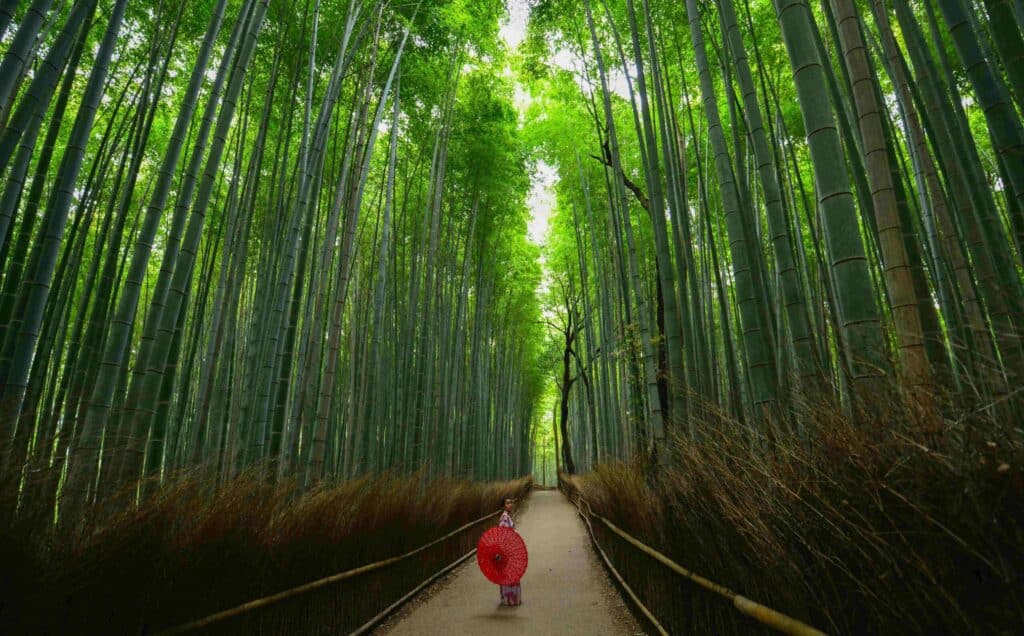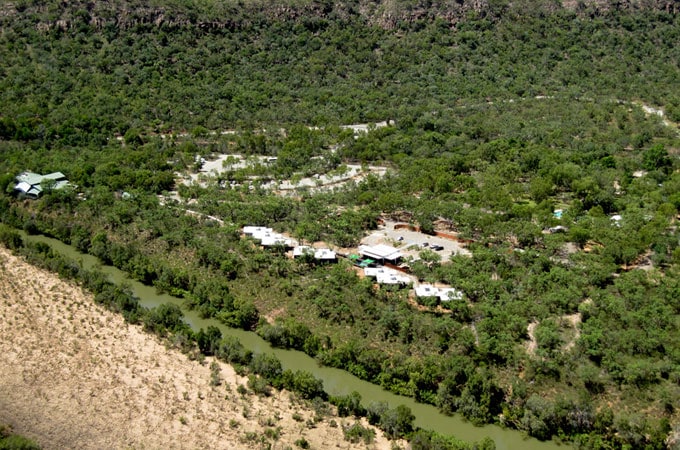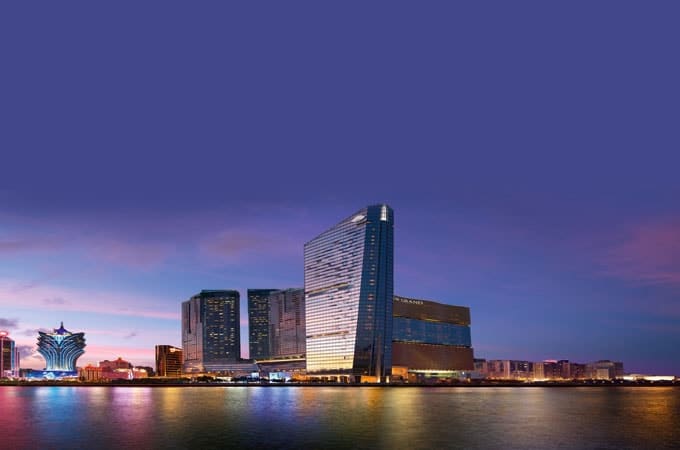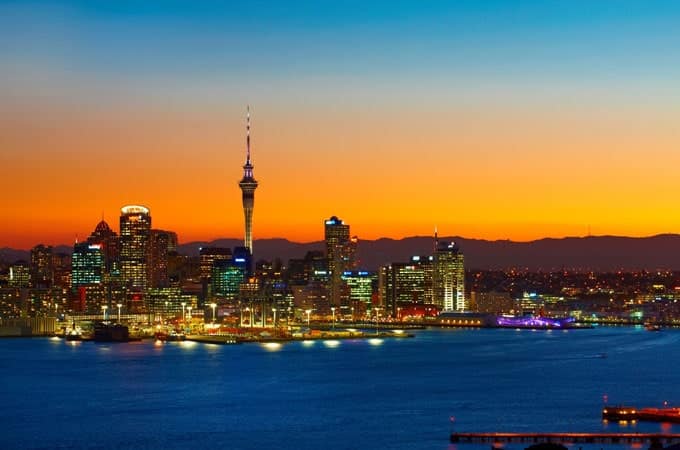From the nostalgic hot spring town of Kinosaki Onsen where visitors dress up to strip down, to a heritage fishing village unchanged in 300 years on the Sea of Japan — Rhonda Bannister goes off the tourist trail and travels beyond the city of Kyoto to discover the captivating treasures of Kyoto Prefecture.
Geishas & Temples ~ Kyoto City
After the tourists have left and the streets are quiet, the ancient area of Gion in Kyoto appears straight from the pages of Memoirs of a Geisha. This is one of Kyoto’s best-preserved historical areas, and Japan’s most famous geisha district — let your imagination roam and you can almost hear the click-clack of their wooden shoes hurrying along stone streets and alleyways. Sadly, this enchanting culture is becoming part of history. Thousands of geisha and maiko (apprentice geisha) once called Kyoto home; now there’s only around 300, so the chances of seeing this elusive beauty are limited … but still we tried.
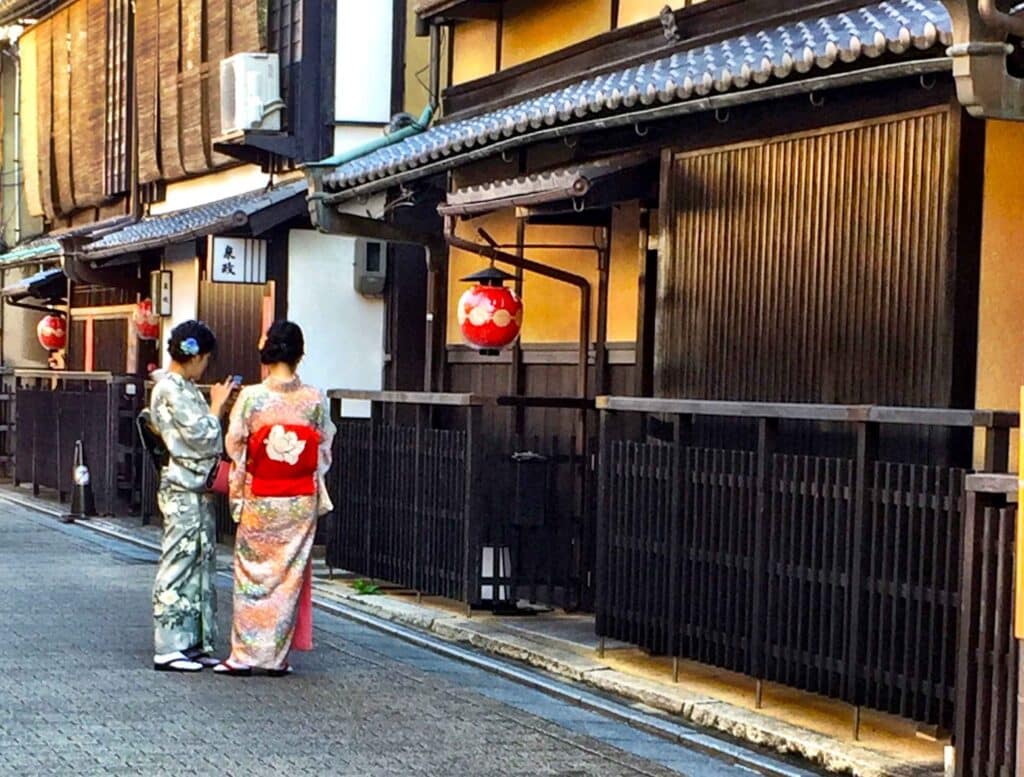
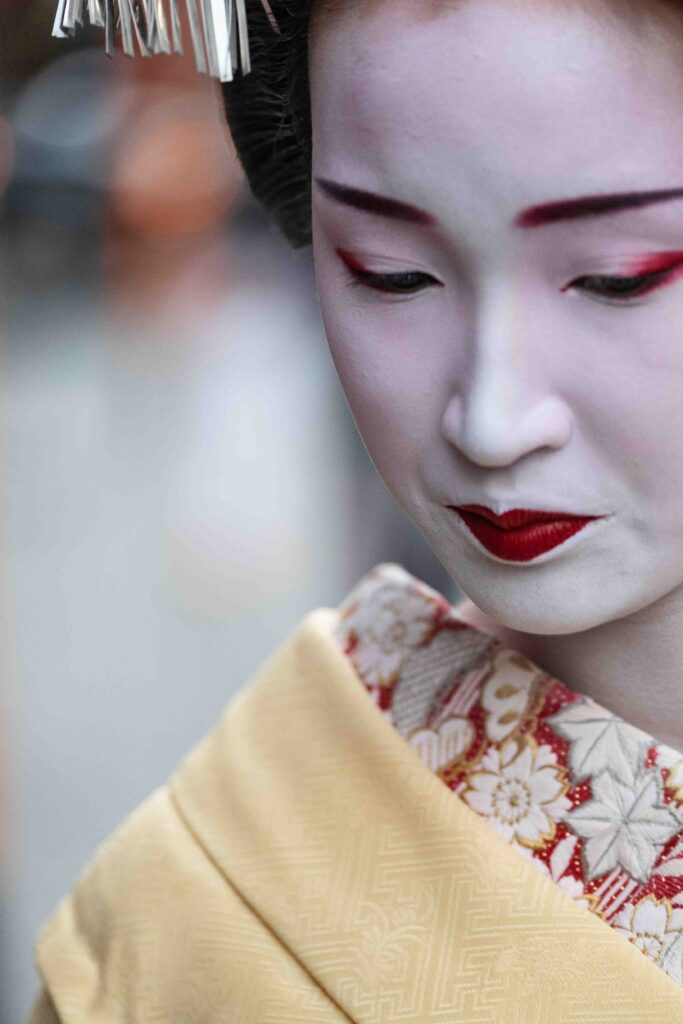
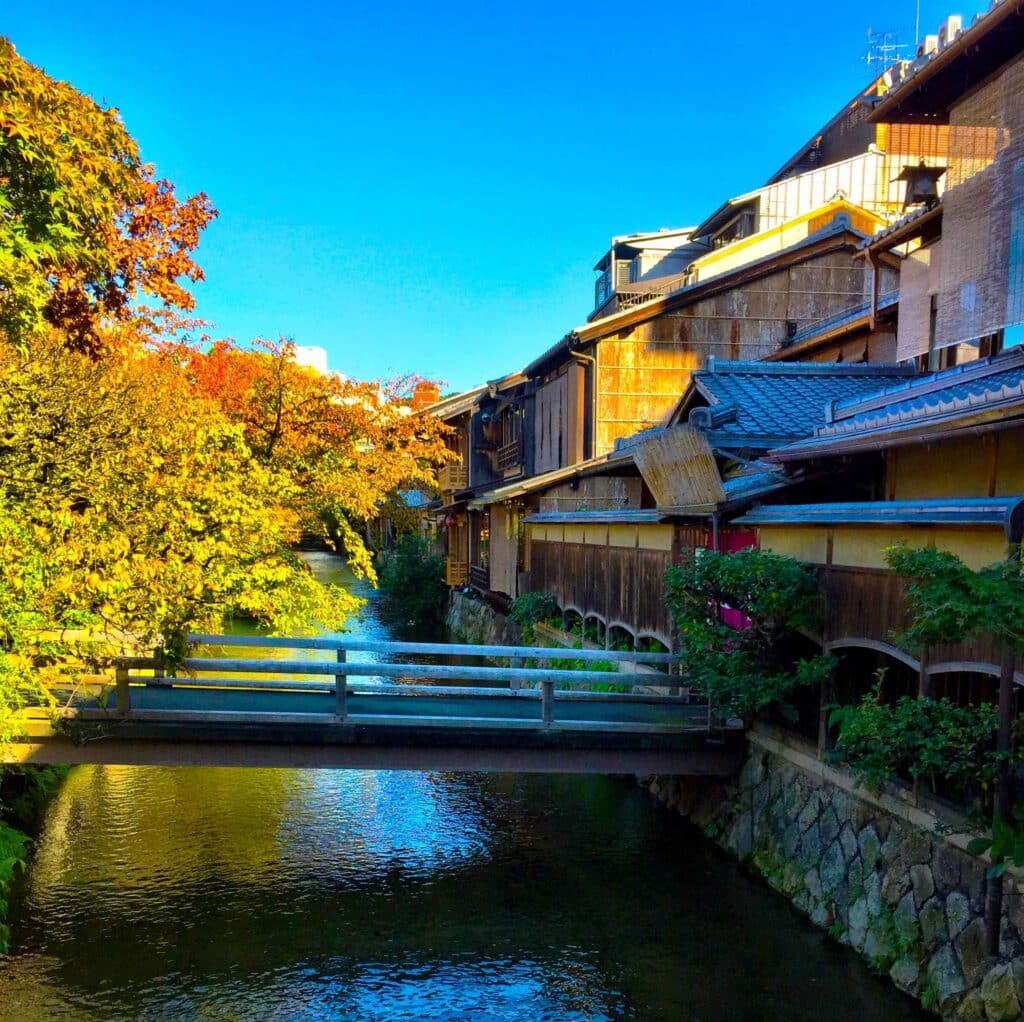
We spent hours walking the streets around our Gion hotel, stumbling upon one treasure after another. Willow-lined canals with upmarket tea houses; twisting alleyways full of shops and cosy sake bars; lovely wooden machiya merchant houses and riverside restaurants where you can dine alfresco on the deck. We didn’t spot a geisha but we did see lots of pretty young ladies dressed up in colourful kimono — tourists in hired costumes playing the part of one of Japan’s most famous cultural symbols.
When you come to Kyoto, it’s mandatory to visit at least a couple of the 2,000 temples and shrines — but it’s a truly staggering choice. With only two days before heading on to Kinosaki, a ruthless cull was needed before we decided on the World Heritage-listed Shimogamo Shrine in the sacred Tadasu-no-Mori forest, and the incredible 1,000 vermillion torii gates of the Fushimi-Inari-Taisha Shrine. Only 1,998 left to go! Marvelling at the towering Arashiyama Bamboo Grove in the west of the city was a non-negotiable, and so worth it. It is simply otherworldly.
Hot Springs & Ryokans ~ Kinosaki Onsen
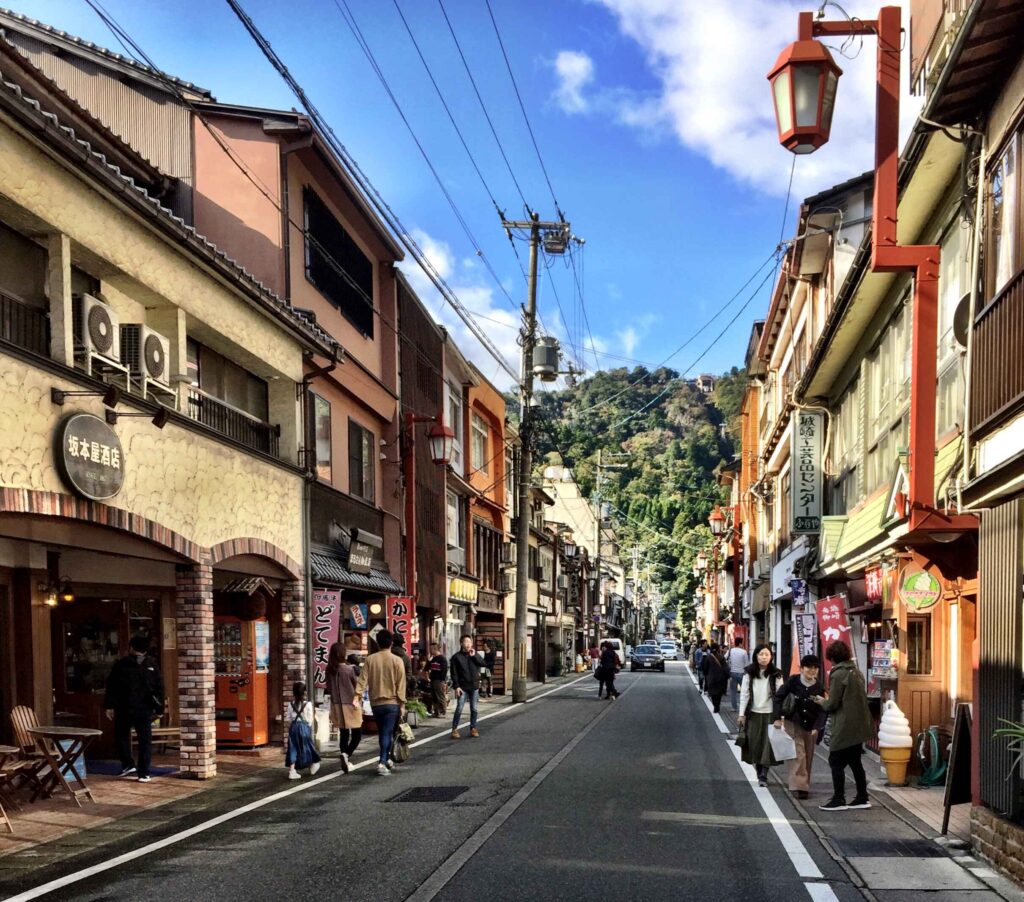
Delving deeper into the Kyoto Prefecture (an administration area most akin to a state or territory) our next stop was around 100 kilometres north, on the Sea of Japan. Kinosaki Onsen is defined by its seven public bathhouses, dozens of traditional ryokans with private hot spring baths, and warm welcome wherever you wander.
The town is adorable at first sight. The further we roamed the streets and laneways, criss-crossing the willow-lined Otani River on little stone bridges, the more enamoured we became — especially in the evening when lanterns bathe the river and trees in their seductive glow. Very romantic.
The mystical history of Kinosaki Onsen goes back 1,300 years when a Buddhist priest received a vision from an oracle telling him to pray for a thousand days for the health of the people. Legend says that in addition to prayer, he didn’t eat for the entire time and on the last day, a hot spring shot up from the ground. Pretty impressive, but it was the modern history I found interesting; a tale of terrible loss and recovery.
In 1925, the town was destroyed by the Tajima earthquake and the subsequent fire where almost 300 citizens of the tiny town perished. When rebuilding, the local people decided to keep the traditional architecture of the three-storey wooden buildings so today the town looks as though it has stood for centuries!
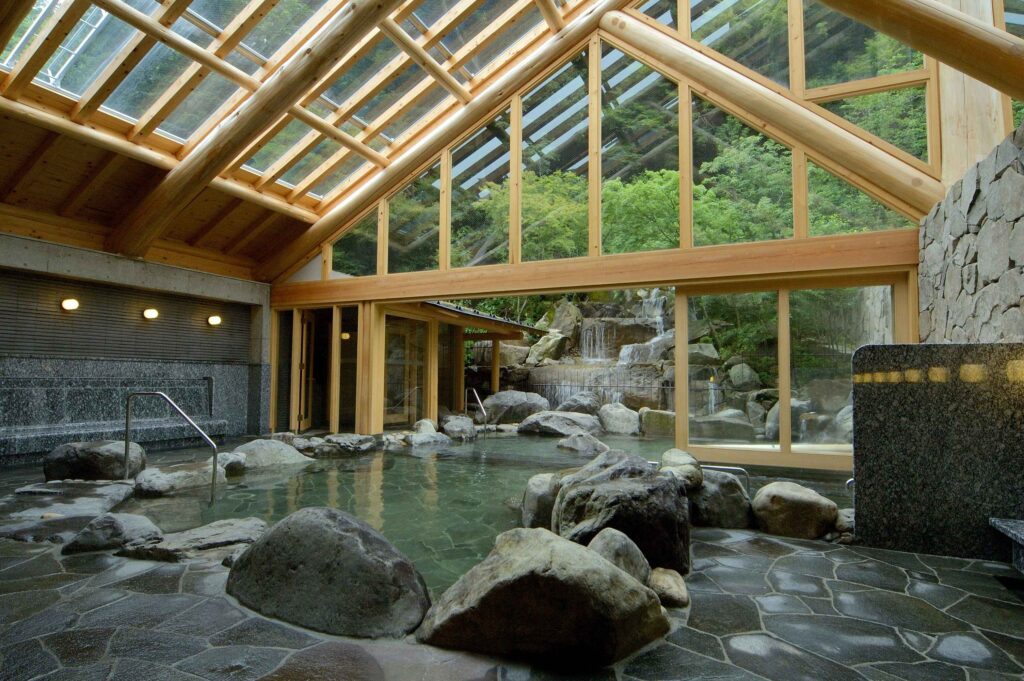
Checking into Mikiya, a luxury ryokan strategically placed near several bath houses, we were introduced to the rituals of onsen bathing. It’s a quintessential Japanese experience, even if going the full monty in front of a group of strangers may sound daunting! It certainly did to me the first time I took the plunge, but it’s surprising how quickly you adapt.
More than just relaxation, onsen bathing is also a traditional purification ritual and a social occasion where neighbours can gossip freely in the male and female segregated baths. A big part of the charm of Kinosaki is that everyone dresses up in a cotton robe (yukata) and wears socks and timber thongs on platforms (geta) before cruising through town, spa hopping!
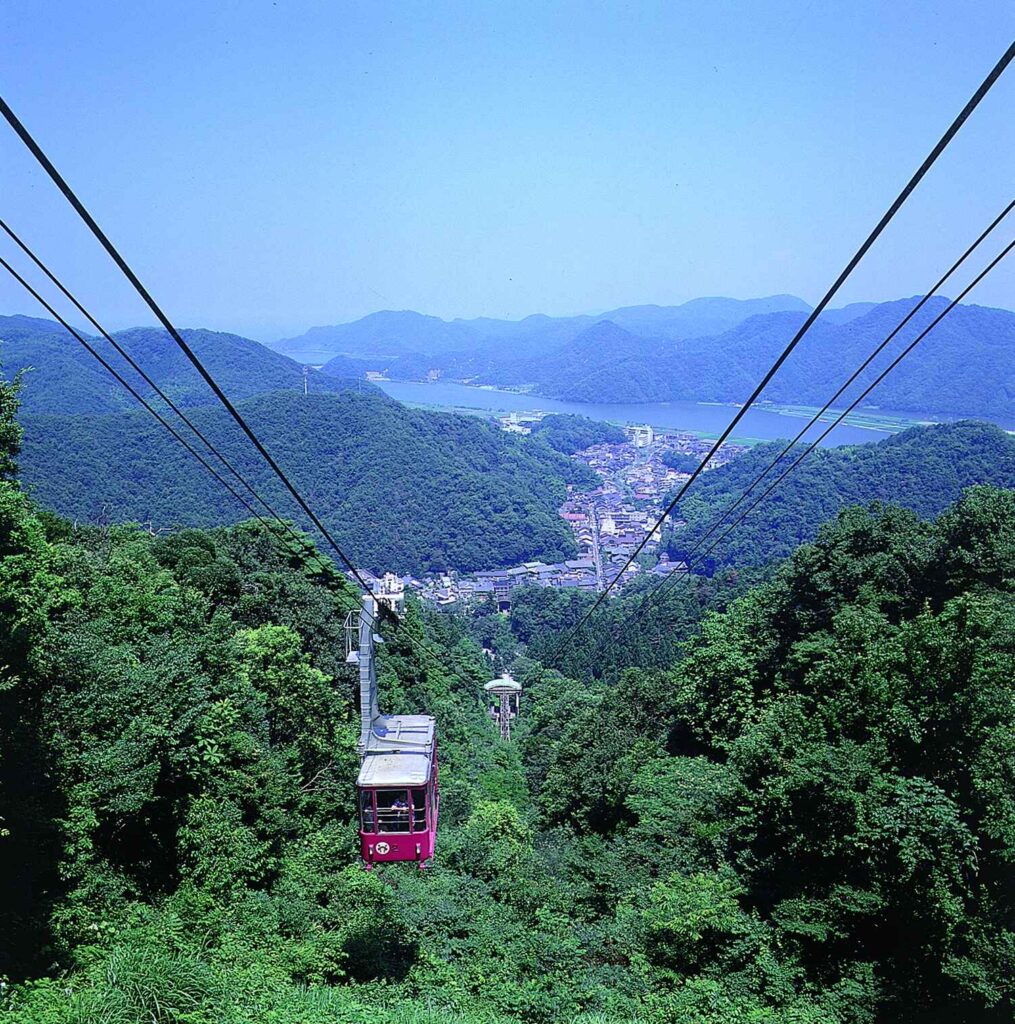
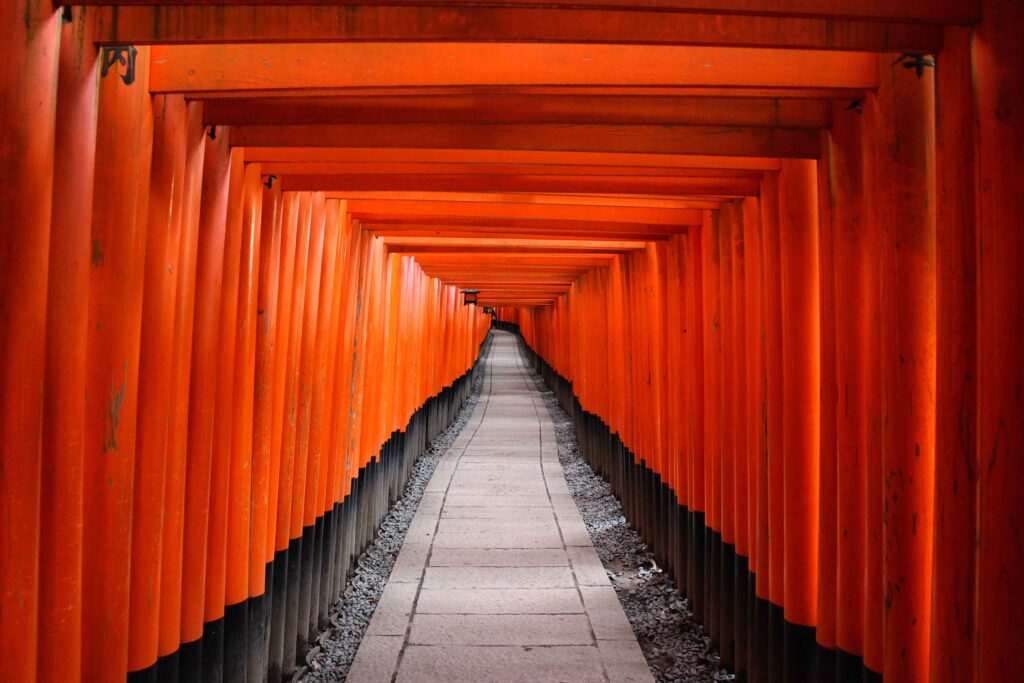
Suitably dressed and shod and eager to join the parade, we sallied forth – for about three seconds. The problem became apparent as soon as we stepped outside. Instead of walking, I was shuffling like a crab along the stone footpath trying to keep my shoes on. All around us couples and families in identical dress made it look easy, so steady with resolve (if nothing else), I stumbled to the closest onsen where I soaped, rinsed and joined the other naked ladies in the steaming water. High five, mission accomplished — then I just had to shuffle home!
Some aspects of traditional Japanese culture take practise, like walking in geta or looking civilised while eating. Luckily, the Japanese people are so polite they would never publicise your faux pas. But still, you cringe a little inside (as I did at breakfast the following morning). A traditional Japanese breakfast is a small smorgasbord of delicious dishes, with flavours tending towards the savoury or umami. On this occasion, we were greeted by grilled fish, pickled vegetables, tofu, a pot of bubbling fermented yoghurt (I think), par-boiled runny egg, miso soup and rice. We brought our best chopsticks game to the table but still managed to leave a mess befitting a couple of barbarians.
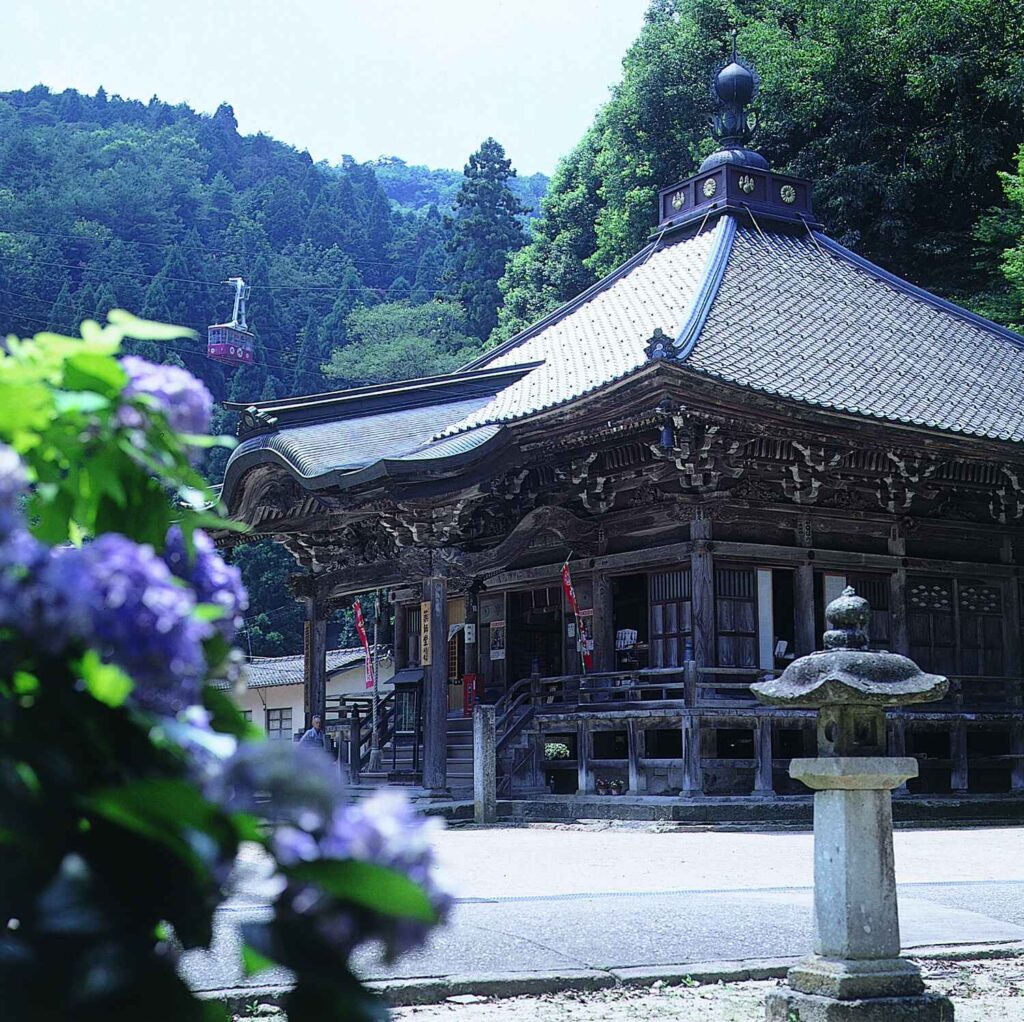
Vowing to polish our skills for the next Japanese sojourn, we took the Ropeway (cable car) to the top of Mount Taishi where the view of the Maruyama River and surrounding mountains was spectacular. Stopping on the way down, we visited the Onsenji Temple (AD 738) to gaze upon the sacred 1,300- year-old Bodhisattva (a Buddha-like figure) called Juichimen Kannon. Two metres tall with eleven heads, this goddess of compassion and mercy is only unveiled every 33 years and will return to hiding in April 2021. What fortunate timing to a designated national treasure.
A Samurai Town ~ Izushi
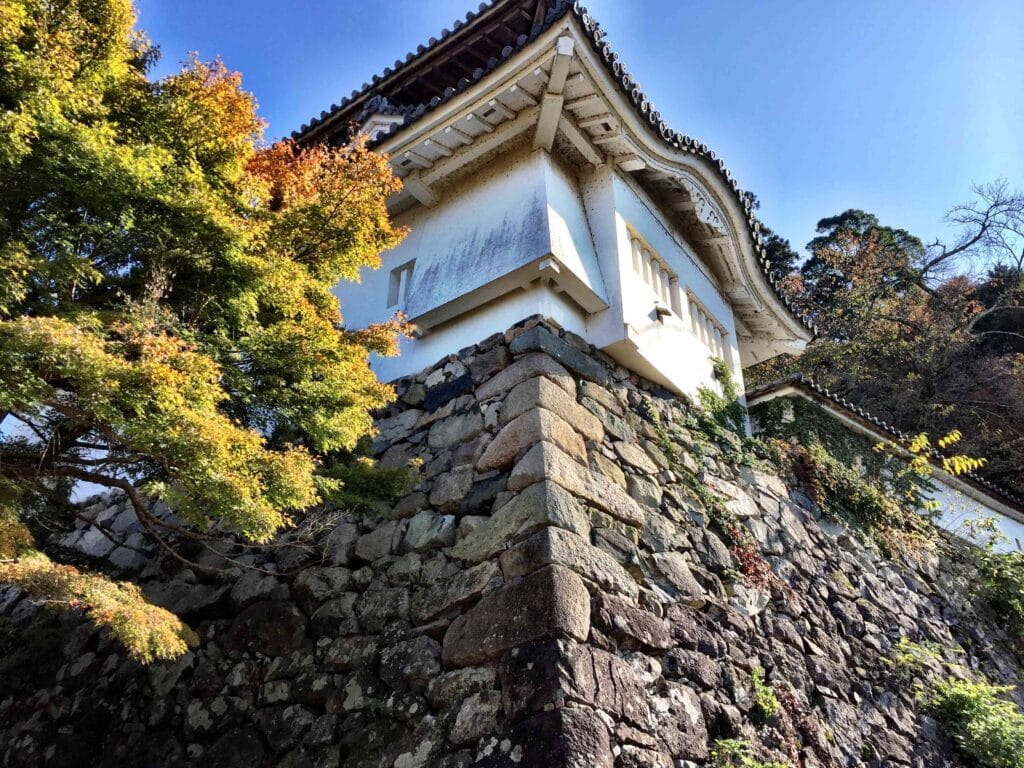
This astonishing country has thousands of stories to tell, including many about the samurai: a class of hereditary warriors which arose in the 10th century and became the highest-ranking social caste in premodern Japan. Known for extraordinary courage in battle and their loyalty to the great lords and the Shogun, samurai tales are woven through Japanese legends and folklore. So, we couldn’t pass up a chance to visit a samurai town nearby.
An hour south of Kinosaki by road, Izushi is a hidden gem and home to the remains of a hilltop castle that would have been magnificent when built in 1604. It’s not on the tourist trail so there are not many westerners wandering the streets – surely reason enough to come here? The winding flag-stoned streets are a showcase of traditional architecture steeped in history from the Edo period, including samurai residences, a kabuki playhouse (Japan’s oldest theatre and still in use today) and the Shinkoro Clock Tower.
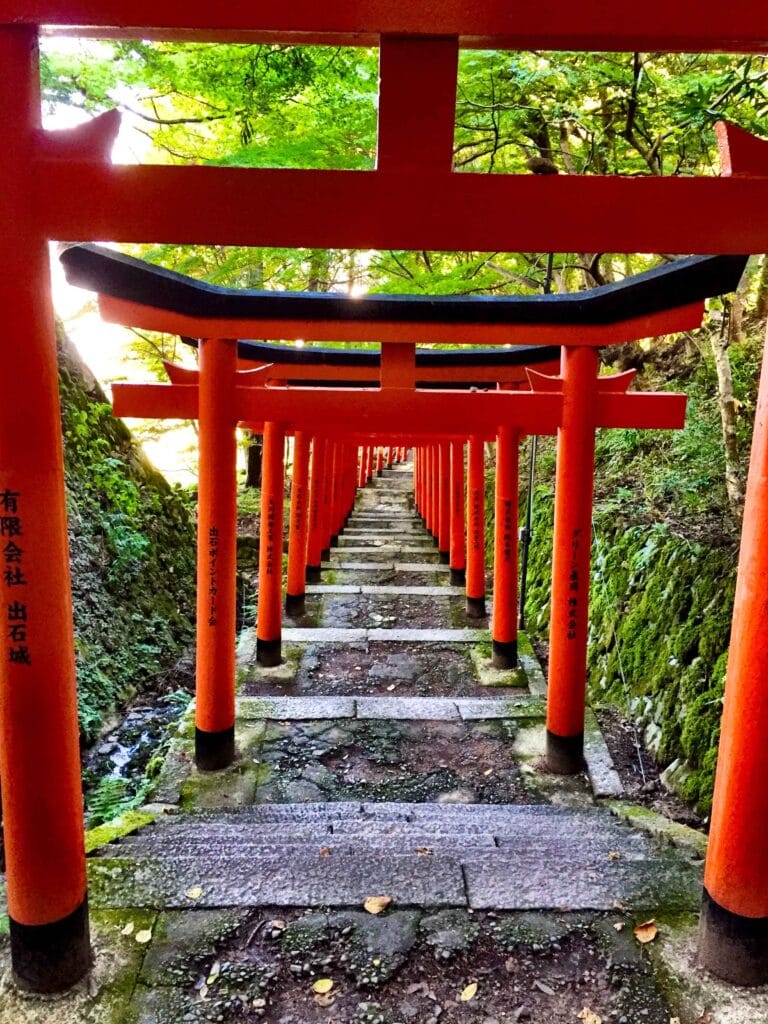
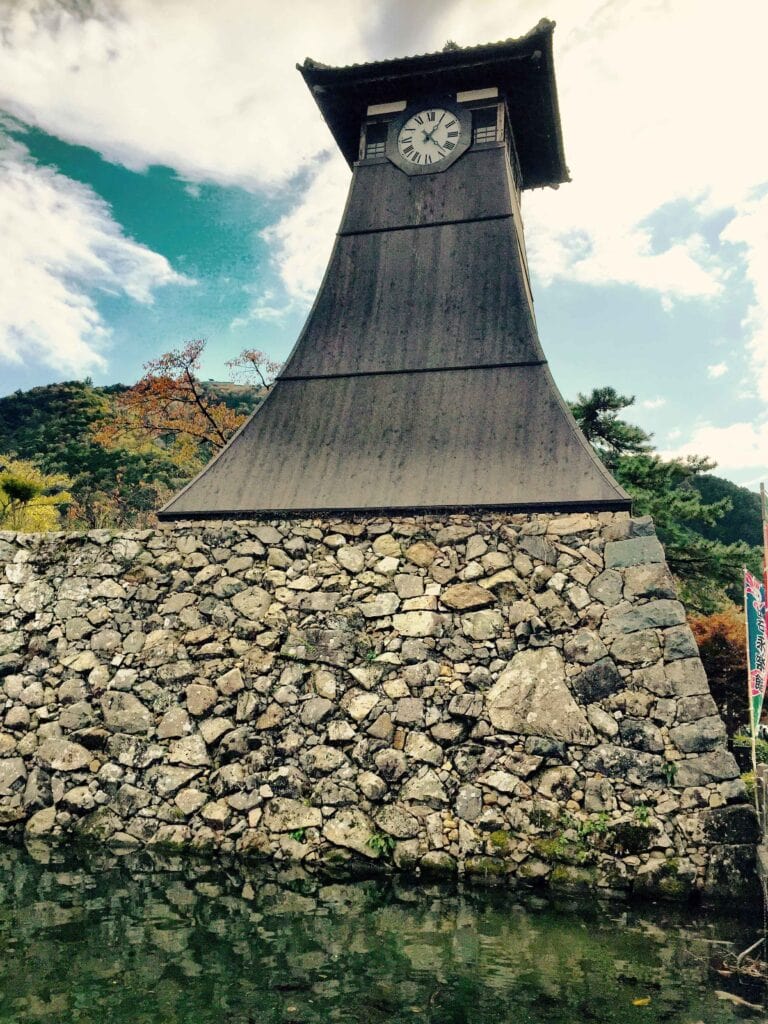
Climbing a steep set of stairs under a tunnel of red torii gateways, we came to an Inari Shrine overlooking the entire castle town and beyond. It was breathtaking — and just the ticket to whet our appetite for lunch! Izushi is home to over 50 soba noodle shops so it would’ve been impolite not to try a few plates. Slurping noodles, taste-testing the local sake and beer, and browsing souvenirs at the historic local shops had us convinced — this was our kind of samurai town.
Finding My Zen ~ Amanohashidate
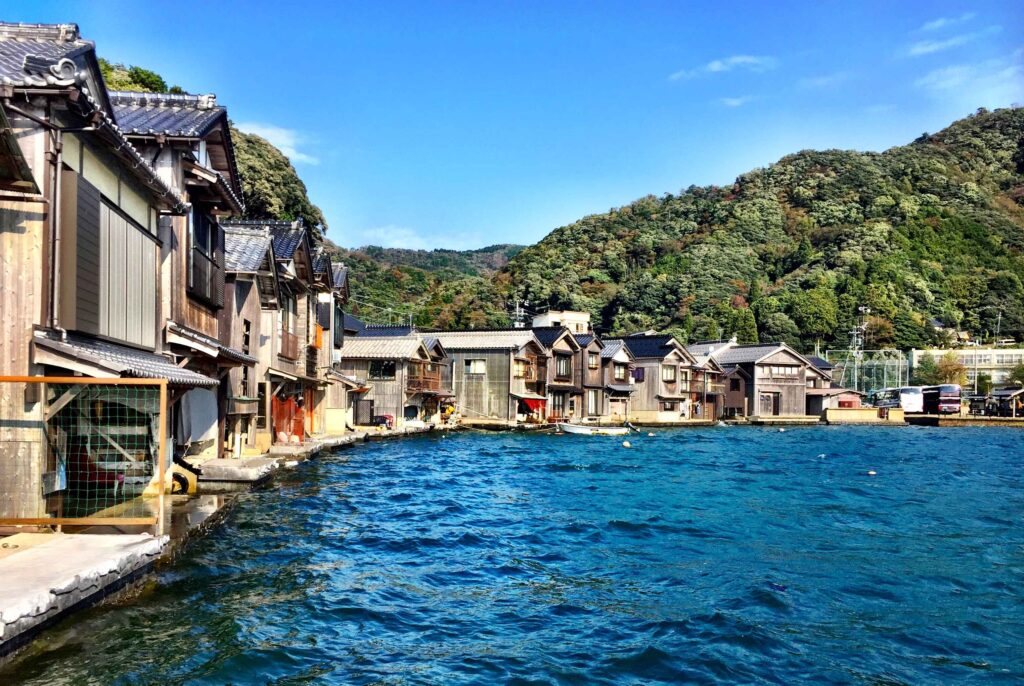
When first researching our trip, I came across a blog by a local Japanese lass who wrote enthusiastically about spending a day in a heritage fishing village on the Tango Peninsula. It sounded so enticing we included a special side-trip, travelling by train from Kinosaki to Amanohashidate: gateway to the village of Ine.
Amanohashidate, which roughly translates as ‘bridge of heaven’, is a 3.6-kilometre natural land bridge spanning the mouth of Miyazu Bay. Thickly forested with 5000-8000 pine trees and skirted by white sandy beaches, it’s one of Japan’s most iconic scenes — head to the mountaintop by cable car for the best aspect. Known as ‘Kyoto by the Sea’ this area is home to lovely townships and famous shrines and temples; we were sorry we could only see the highlights. Next time!
As it’s quite remote, you can only reach Ine by car or bus. So, we hit the road up the Tango Peninsula — a stunning drive where forest-clad mountains stretch across the landscape before sweeping down to kiss the sea. It was late afternoon when we arrived at the observation deck overlooking the small fishing village of Ine and our home for the night, Nagahama Funaya: one of only 15 historic boathouses which have been converted into lodgings.
Looking across at the weathered wooden houses huddled together at the water’s edge is a charming vignette almost unchanged in 300 years. No tourist hotspot, this is a perfectly preserved working fishing village of 230 boathouses and a way of life very few international travellers would know about, let alone have experienced. What a treat.
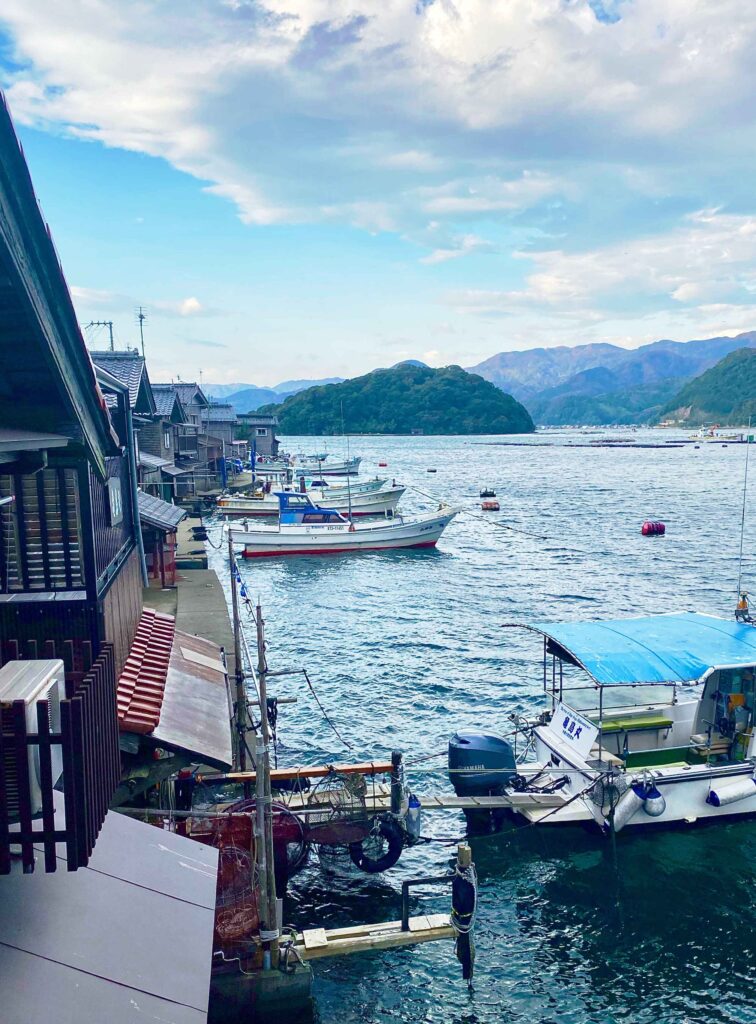
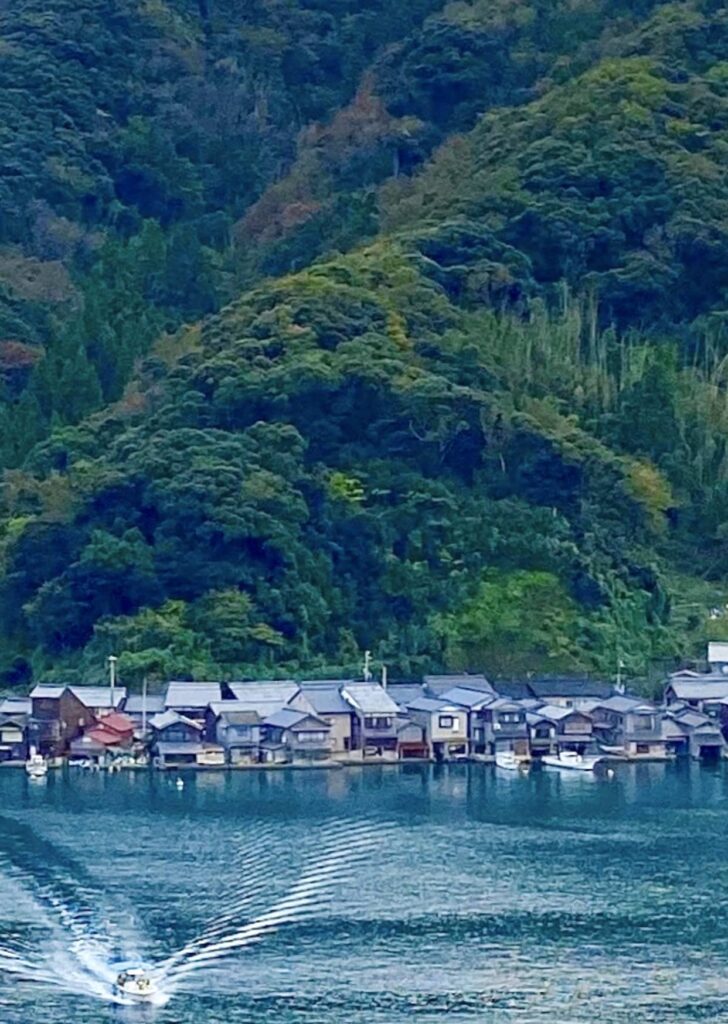
One of the UNESCO-recognised ‘World’s Most Beautiful Bays, Ine is unique. It’s the only village of its kind left in the country, with typhoons claiming the others over the years. Because Ine Bay faces south, and a mountain range blankets its north side, the village is protected from the Sea of Japan and is now a nostalgic reminder of the past.
Being greeted by our host, who had practically no English just as we had no Japanese, was an exercise in pantomime as he showed us to our quarters on the first floor, pointing out the essentials. The glassed-in verandah offered panoramic views across the darkening bay and a box seat to watch fishing boats coming and going and hawks and gulls diving for scraps.
We then wandered the village on foot, stopping at the 260-year-old Mukai Shuzo Brewery which produces one of Japan’s most distinctive sakes, made from ancient red rice. Named Ine Mankai, it’s so good that Copenhagen’s noma and New York’s Jane restaurants serve the rose-hued brew. Even if you don’t get to Ine, you can purchase Ine Mankai online in Oz for around $100 and worth every cent.
It’s a tiny sleepy village, so in no time we were home and ready for dinner. The pristine waters teem with red snapper, sardines and herring, yellowtail, abalone, rock oysters and more, so we weren’t surprised to find dinner was a feast of the freshest sashimi, tempura vegetables and rice washed down with a few glasses of sake. A humorous after-dinner conversation in Japanglish with the cook, who proudly showed us photos of her grandchildren, was a reminder that we don’t have to speak the same language to enjoy the company of others when travelling — even without Google Translator!
Later, after rearranging the furniture and unrolling our futons, we sat on the balcony for an hour listening to the sounds of silence and watching the full moon rise, its golden glow throwing a pathway of light across the tranquil water. A pervasive sense of calm washed over me, and in that humble, beautiful place I experienced what I can only describe as a feeling of absolute … zen.
Related: A Travel Guide to Japan for Couples
NEED TO KNOW
Getting around Kyoto Prefecture
Travelling around Japan by train is relatively easy especially if you purchase a Japan Rail Pass before you go as it’s only available to overseas visitors and must be purchased from your home country. You can purchase online and exchange the voucher at the airport when you arrive in Japan to start using immediately. Find out all you need to know here: japanrailpass.com.au/how-it-works
Kyoto
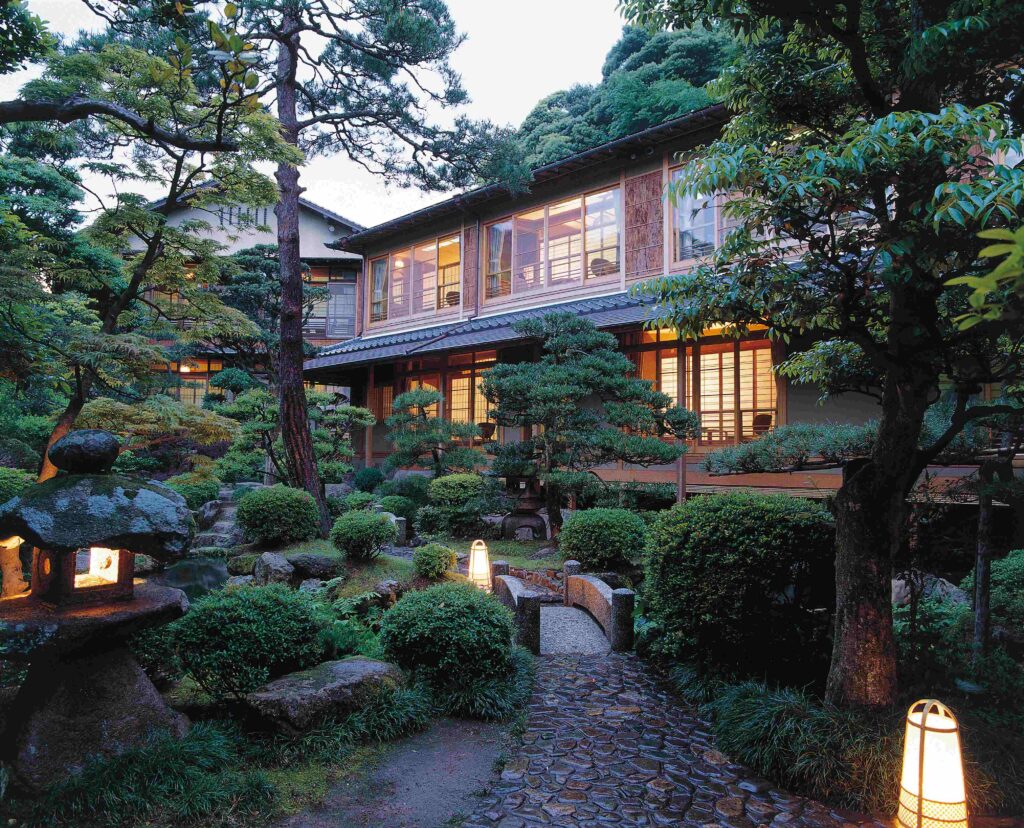
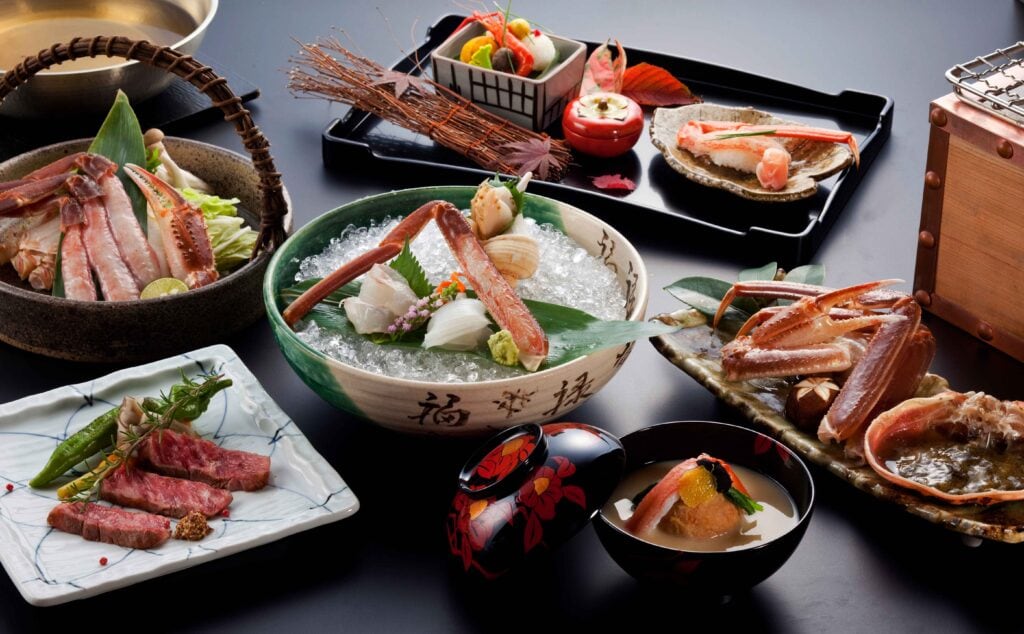
When visiting Kyoto you can take advantage of a fabulous initiative from Kyoto Artisans Concierge who organise lessons in the arts and crafts for interested tourists. A bespoke and immersive experience based on your interests is a wonderful way to spend a few hours in the studios of a craftsman and bring home a personal souvenir created by you – highly recommended. You can choose which ateliers you visit from a selection including pottery, lacquerware, woodblock prints, dyeing and much, much more. See the courses here: kyotoartisans.jp For information on visiting Kyoto: kyoto.travel
Kyoto by the sea
If you are looking to create a holiday itinerary that includes getting off the tourist trail to enjoy regional delights including food and textiles, we highly recommend looking into the Kyoto by the Sea and the Tango Peninsula.
The area is a scenic wonderland with forested mountains, white sand beaches, hot spring resorts, quaint villages and towns and some of Japan’s most important shrines and temples such as Moto Ise Kono Shrine, Chionji Temple (which took 8,780 carpenters to build!) and Nariaiji Temple which is one of the temples on the Pilgrimage Route through western Japan.
Kyoto by the Sea and the Tango Peninsula are best accessed by driving. The roads are fantastic and driving in Japan is not hard. uminokyoto.jp
To book Funaya Nagahama in the historic fishing village of Ine: ine-kankou-jp.check-xserver.jp/wp/e_inn/nagahama
The Silk Road
If you’re a fan of textiles you won’t want to miss a visit to Yosano and the Silk Corridor not far from Amanohashidate. The town is an amazing intersection of preservation and active industry, while the historic road has been preserved with a great many buildings dating back to the Edo period. Here you can learn all about the 300-year-old-silk weaving industry and have your photo taken wearing a kimono. tangoopen.jp
Discover the famous landmarks in Japan that need to be on your travel itinerary!
